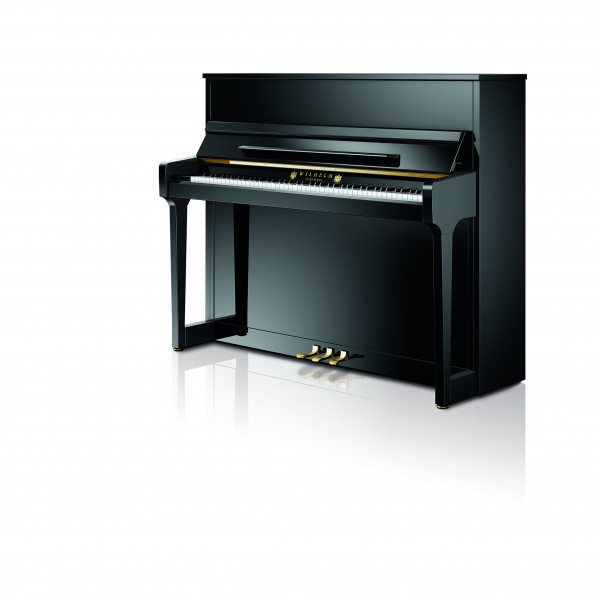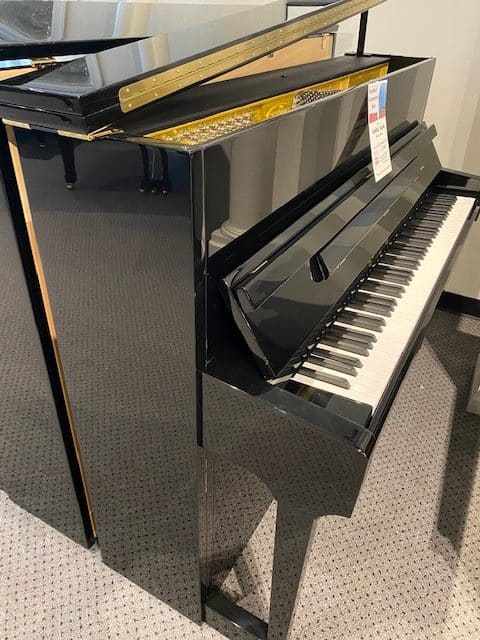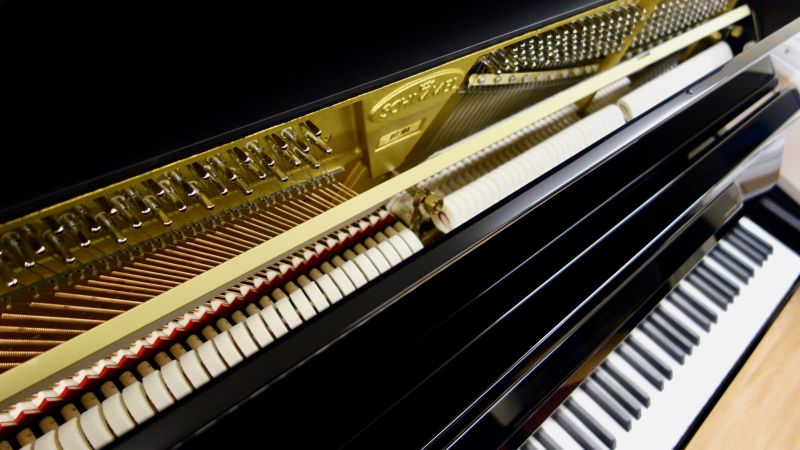

Bach’s Partita No.1 in B-flat Major, in which each line must be very carefully controlled to properly express counterpoint, the W180’s tone, though clear, didn’t have quite the clarity of the more expensive Konzert models. With many other instruments in this price range, the tone seems to weaken at the extremes of pianissimo and fortissimo. The tone of the W180 could be intimate or powerful, and, unusual for a piano in this price range, the tonal color changed with changes in volume throughout the dynamic range. The instrument was resonant throughout its dynamic range, whether I played legato or staccato.
#Wilhelm schimmel piano review full#
XVI:50, the W180 produced a beautiful staccato tone that retained full body, without the “clipped” sound that some cheaper pianos can produce. In Haydn’s energetic Sonata No.60 in C Major, Hob. It was easy to delineate treble from accompaniment lines, soprano lines singing easily over left-hand arpeggios. The shocking transition between pianissimo and fortissimo in the opening of Chopin’s Scherzo No.2 in B-flat Minor was easily handled by the W180, and at no point did I feel that it reached its maximum volume prematurely-a problem with many midpriced pianos. Powerful enough to be used in small concert venues, it would also be an excellent choice for home use and in music studios.

The sustain was excellent, as was the balance of treble and bass. The Wilhelm Schimmel W180 had a typically high-quality Schimmel tone, rich and clear.

#Wilhelm schimmel piano review series#
(A better point of comparison would have been the Classic series, which comes between the Wilhelm Schimmel and Konzert series in cost and quality, but those models were not available to me.) Although the differences in cost make this comparison not entirely fair, those who wonder whether the less-expensive Wilhelm Schimmel models might suffice for their needs should find it valuable. There I was also able to compare it to two similarly sized models from Schimmel’s Konzert series, developed to compete with the world’s finest instruments and costing twice as much as the Wilhelm Schimmels: the K175 (5′ 9″, $70,496 SMP) and the K195 (6′ 4″, $76,646 SMP).

Recently, I auditioned the Wilhelm Schimmel model W180 ($34,130 SMP in polished ebony), a grand approximately 6′ long, at the trade show of the National Association of Music Merchants (NAMM). Though designed by Schimmel, the Wilhelm Schimmels don’t have all the refinements and advanced features of the German Schimmel lines. Schimmel says that while the skill level of its Polish employees is high, the lower wages and other lower costs available in Poland result in a piano approximately 30% less costly than comparable German Schimmel models. The Wilhelm Schimmel line, named for the company’s founder, is assembled in a factory in Kalisz, Poland, using rims, soundboards, and strings from Germany actions designed by Schimmel and custom made by Pearl River, with Renner hammers and cabinet parts from Poland. Schimmel’s model line distributed in North America comprises four categories: Konzert (K) and Classic (C), both made entirely in Germany Wilhelm Schimmel (W), assembled in Poland and Fridolin Schimmel (F), made in China by Pearl River, Schimmel’s new owner.


 0 kommentar(er)
0 kommentar(er)
